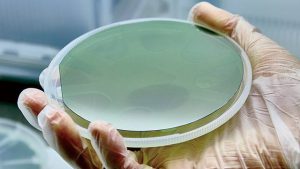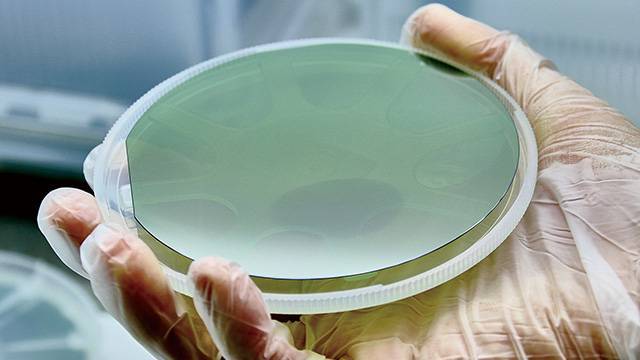Tantalum and niobium belong to one family in the periodic table. Due to their similar physical and chemical properties, as well as growing together in the same ore body, they are known as the twin of metals.

Tantalum and niobium were discovered in 1801 and 1802 by Charles Hatchett, a British chemist, and Ekberg, a Swedish chemist. Tantalum niobium ore is the main ore of tantalum and niobium, and a small amount of tantalum and niobium exist in tungsten and some rare earth ores.
Properties
Tantalum and niobium are both high-melting metals with melting points of 2996℃ and 2468℃ respectively. Tantalum and niobium have very stable chemical properties, not only insoluble in nitric acid, and hydrochloric acid, but also insoluble in aqua regia. Tantalum is malleable and can be pulled into strands thinner than human hair or rolled into foil thinner than paper. Tantalum and niobium are both excellent superconducting materials with characteristics of compression and wear resistance.
Applications
Tantalum and niobium are widely used in various fields because of their excellent properties mentioned above.
1. Capacitor
Tantalum can form a compact and stable amorphous oxide film with high dielectric strength, so it is easy to control the anodic oxidation process of the capacitor accurately and conveniently. Tantalum powder sintered blocks can obtain a large surface area in a small volume, so tantalum capacitors are the most excellent capacitors with small volume, large capacity, low leakage current, long service life, and excellent comprehensive performance. Under normal conditions, tantalum capacitors are smaller in size, higher in capacity, and more stable in function than ceramic capacitors, aluminum capacitors, and thin-film capacitors.
Tantalum capacitors have excellent characteristics that cannot be compared with many other capacitors. In the field of microelectronics science and surface mount technology, there is almost no other equivalent capacitor to compete with them. Therefore, 60~ 65% of tantalum is used in the manufacture of tantalum capacitors in the form of capacitor grade tantalum powder and tantalum wire.
Compared with tantalum, the main disadvantages of niobium capacitors are large leakage current (generally 5-10 times of tantalum), low breakdown voltage (< 10V), and low operating temperature (< 105℃), which are not suitable for capacitors with high-reliability requirements and high rated voltage. However, in the range of low voltage (< 10V) and large capacity (> 100muf), niobium capacitors may partially replace tantalum capacitors of the same level.
2. Metallurgical industry
In the metallurgical industry, niobium is mainly used to manufacture high-temperature resistant alloy steel and improve the strength of steel. In the smelting of carbon steel, the strength of the steel can be increased by more than one-third by adding only a few parts per million of niobium. Superalloys made of niobium, tantalum, tungsten, aluminum, nickel, cobalt, vanadium, and other metals are good structural materials for supersonic jet aircraft, rockets, and missiles.
3. Mechanical industry
In the mechanical industry, the cutting tool made of carbides such as niobium carbide and tantalum carbide can withstand a high temperature of nearly 3000℃, and its hardness can be comparable with that of the diamond, the hardest substance in the world.
4. Biomedical industry
Tantalum is an ideal bio-adaptive material in medicine. When it comes in direct contact with human bones, muscle tissues, and fluids, it can adapt to biological cells and has an excellent affinity with almost no human stimulation and side effects. Tantalum can not only be used to make bone plates, screws and clamping rods for fracture treatment, but also can be directly used to repair bones with tantalum plates and pieces and replace broken bones due to trauma with tantalum strips. Tantalum wire and foil can be used to suture nerves, muscles and blood vessels above 1.5 mm, while the extremely thin tantalum wire can replace tendons and even nerve fibers.
Stanford Advanced Materials supplies high-quality tantalum and niobium products to meet our customers’ R&D and production needs. Please visit http://www.samaterials.com for more information.
